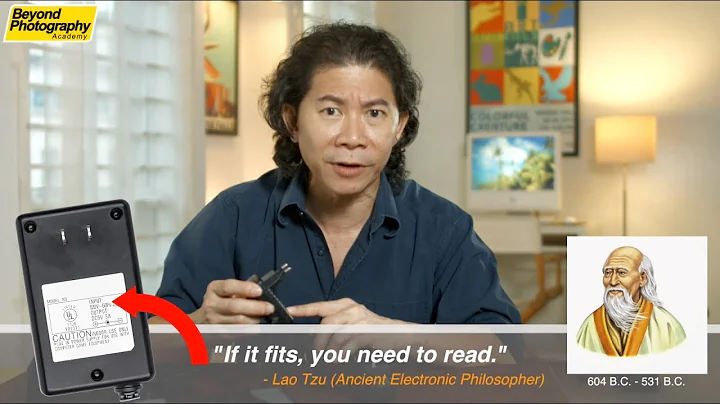Is it safe to use the 5v/2A charger on a device with 1.5A max input
I am going to assume that the lantern device is charged via USB.
Your #1 is correct.
Your #2 is correct.
Your #3, is yes. Since the lantern charges via USB it should support the standard USB charging specification and should not require the SMART feature. If there is such a device out there that cannot charge via the standard USB specification, then such device should make clear note of that in the item's description. But even if such a device were to exist, there should be no damage if it is plugged into any other USB charger because it is up to the device to choose whether or not it draws electricity from the charger.
A USB device does not draw more amperage from a charger than it's resistors allow. Therefore the lantern can be safely plugged into a 2A charger, or a 3A, or a 10A without foul play. The lantern specifications indicate that it will only draw UP TO 1.5A of electricity. This can be likened to a household AC plug at 120V. A household plug contains an enormous amount of electricity, enough to power a microwave, or vacuum. A small desktop lamp uses around 100 times less electricity than a microwave or vacuum, and even though it is plugged into the same household AC plug, it doesn't fry the lamp.
Let's also correct the answer provided by Alexandr Kovalchuk. The power bank or lantern battery would not lose capacity if plugged into a higher amperage charging host.
For almost all scenarios there is no harm in using a USB power adapter that did not come with the lantern. The USB standard is meant to remove the dependency that would require a device to use a specific brand of adapter. Not all devices have to obey this rule, such as certain tablets that give an onscreen error like "Charging is not supported with this accessory".
See these links for more information:
- http://batteryuniversity.com/learn/article/charging_from_a_usb_port
- http://www.epanorama.net/newepa/2010/08/18/apple-charger-secrets/
Related videos on Youtube
A W M Chung
Updated on September 18, 2022Comments
-
A W M Chung over 1 year
I have a 8000 MAH rechargeable lantern with power bank, the max input is 1.5A.
Based on my recent research, this is what I am concluding, please confirm if my finding 1, 2 are correct. #3 is a question.
- Lantern can be charged with a SMART mains charger and it will charge at 1.5A safely at optimal speed.
- Lantern can be charged with 1A mains charger or via computer but both will charge slower because 1A charger is less than 1.5A.
- Can I charge this lantern or other device with less than 2A max input using a 2A mains charger without SMART feature? What would happen? Will it also damage the rechargeable battery inside the lantern?
-
 LPChip almost 8 yearsIt is never a good idea to use a power adapter that is not the same A as the device requires. Even if the numbers are almost the same and it will work, it will shorten the lifespan of either of the devices because either one device gets too much A, or the other has to work harder and thus becomes a lot hotter.
LPChip almost 8 yearsIt is never a good idea to use a power adapter that is not the same A as the device requires. Even if the numbers are almost the same and it will work, it will shorten the lifespan of either of the devices because either one device gets too much A, or the other has to work harder and thus becomes a lot hotter. -
Xavierjazz almost 8 yearsThis has nothing to do with Superuser.
-
Jamie Hanrahan almost 8 years@LPChip Sorry but you are completely mistaken. Your answer would be correct if you were talking about voltage. But per Ohm's law, I = E/R , a constant-voltage source (which is the only sort we normally deal with) will only deliver as much current as its load requires. Consider that a tiny little map light in your car, which might draw 100 milliamps, is connected directly across the car battery, which can deliver hundreds of amps! The current rating on a power supply is a "maximum that can be provided", not a value that it will ram through any load presented to it.
-
indi over 7 yearsRelated: superuser.com/q/600401/2005
-
Jamie Hanrahan almost 8 yearsSee my comment to the question. The device will NOT be "charged with 2A current".
-
A W M Chung almost 8 yearsThanks for the clear THEORY explanation on AMPS. I now understand that using a charger with a higher Amp than the device maximum input is safe and acceptable.






